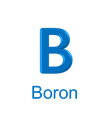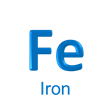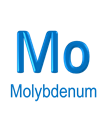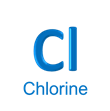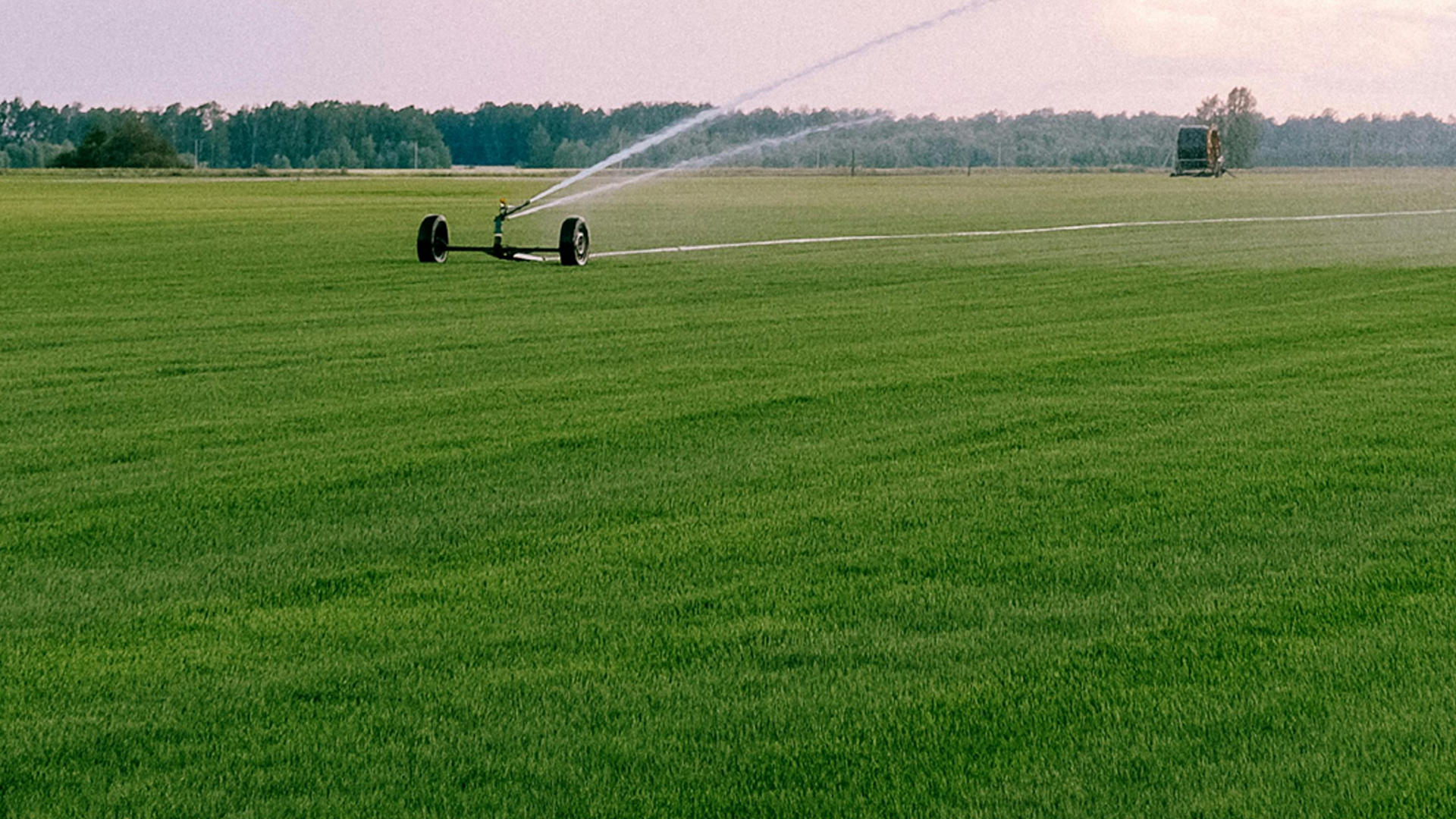
KNOW MORE
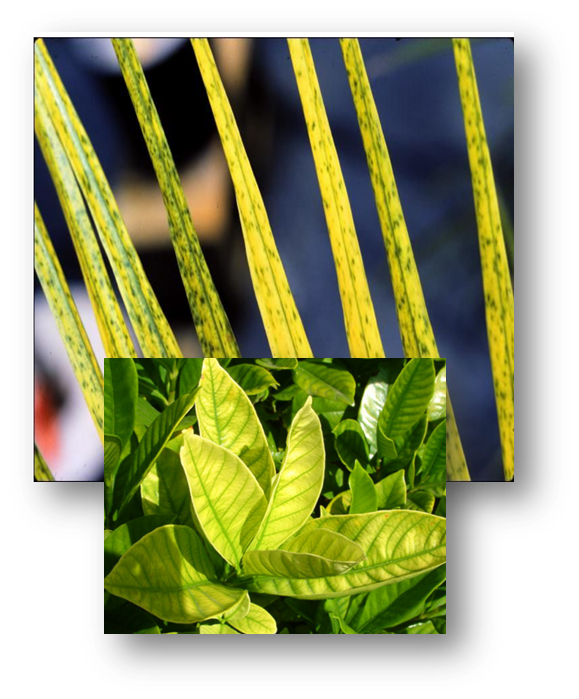
Iron (Fe) is essential for crop growth and food production. Plants take up Fe as the ferrous (Fe²⁺) cation.
Iron is a component of many enzymes associated with energy transfer, nitrogen reduction and fixation, and lignin formation. Iron deficiencies may be caused by an imbalance with other metals such as copper (Cu), manganese (Mn) and molybdenum (Mo). Plants deficient in Fe will often display a pale green leaf color (chlorosis), with sharp distinction between green veins and yellow interveinal tissues. Most Fe fertilizer sources work best applied as foliar sprays. Iron is a catalyst to chlorophyll formation. Iron acts as an oxygen carrier in the nodules of legume roots. Symptoms of deficiency can vary across crop species, but similarities exist for how nutrient insufficiency impacts plant tissue color and appearance. Nutrient deficiencies are commonly associated with the physical location on the plant (i.e., whether the symptoms are primarily observed on older versus newly formed plant tissue), but these symptoms can spread as the severity of the deficiency progresses.IRON
Key Component
Metal Imbalances
Chlorosis
Foliar Sprays
Chlorophyll Formation
Oxygen Carrier
Iron deficiency symptoms
PLANTAUX
MICRO-NUTRIENT

PLANTAUX
MACRONUTRIENT
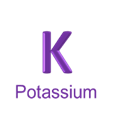
PLANTAUX
SECONDARY NUTRIENT
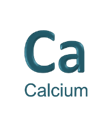
PLANTAUX
BIO-FERTILIZERS / BIO-CONTROL AGENTS
Always read and follow label directions. . Results may vary depending on soil, climate or other conditions.
© 2024.All rights reserved. PLANTAUX.





